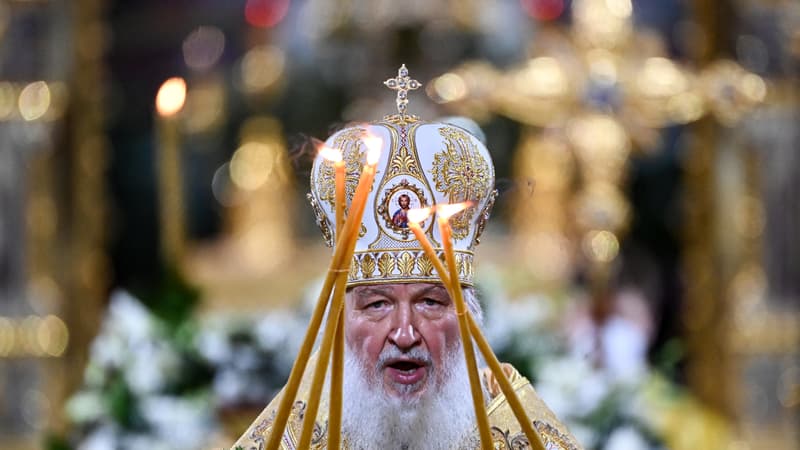It looks like a scene from a well-rehearsed operetta. On Thursday, Russian President Vladimir Putin, apparently responding to the appeal of Patriarch of the Moscow Orthodox Church Kirill, declared a truce for January 6-7 on the Ukrainian front.
Entering into force this Friday at noon local time, 9 am French time, this ceasefire was unfortunately immediately denied by the continuing shelling and artillery duels on the town of Bakhmout.
When the Julian calendar was the norm
However, the two-day window, unilaterally proposed by the Russian dictator, was not arbitrary: it corresponds to New Year’s Eve and the celebration of Christmas for the local Orthodox Church.
Christmas on January 7, the idea is surprising at first glance. However, this 13-day delay is not a bad deal. It is because the calendars observed on both sides no longer match.
First of all, it should be noted that from the point of view of the Orthodox Church, this Friday marks December 24. It is that it is still based on the Julian calendar while the international community has gradually moved to the Gregorian calendar.
Russia understood this incidentally: in 1918, the young Communist Russia -which was not yet called the Soviet Union and whose “October Revolution” had therefore taken place in November according to the then-current time frame- effectively decided to follow in the footsteps of the rest of the western world. The Orthodox Church did not wish to adopt this reform issued by an atheist regime and has done so alone ever since.
It hasn’t always been like this. On the contrary, for at least fifteen centuries, all of Christendom lived to the Julian rhythm. It was ancient Rome that instituted this calendar. And this is called “Julián” in reference to the consul Julio César who had imposed it, emphasizes here the historical site herodotus.
The year is already divided into twelve months, the weeks into seven days. It is the counting of leap years that differs. And the current method ends up generating leap days, and therefore a delay in relation to the astronomical cycle.
A seesaw and a gap
To remedy this, and this backlog, we finally settled on a formula with fewer leap years to better adhere to the astronomical period. The change occurred in 1582, by the will of Pope Gregory XIII: hence, of course, this “Gregorian” label. However, the kingdoms and principalities operate the change on different dates. In France, December 9, 1582 leads, for example, to December 20.
The Orthodox Church having separated from the authority of Rome since 1054, the Russian Empire then proceeded to make no changes (hence the gap that we still see today, and which tends to widen over the centuries). It will be necessary, then, the secularization of the State in 1918 for it to adapt, without, as we have said, being imitated by the local clergy.
Source: BFM TV


